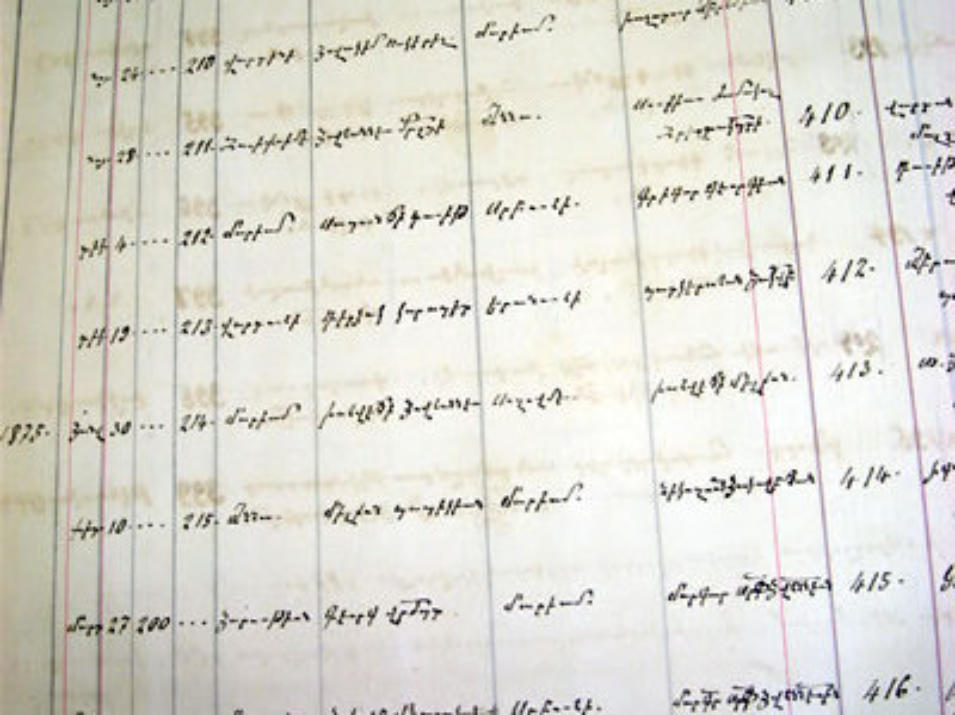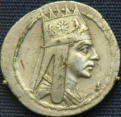


Dolor, eu dolore aute non in officia cillum

Armenian Jerusalem

Home | Disclaimer | Access

A
chronicle
(in
Armenian)
of
the
epic
flight
of
Anna
(Baghsarian)
Meneksheian's
grandmother
and
mother,
and
of
their travails along the way, as they sought refuge from the Turkish massacres.
A
report
by
Prof
Bert
Vaux,
of
Harvard
University,
following
his
studies
of
the
peculiar
dialect
of
the
Kaghakatsi
Armenians
living
in
the
Armenian
Quarter
of
the
Old
City
of
Jerusalem. The
dialect
is
in
danger
of
dying
out
as
the passage of time claims the older Kaghakatsis.
The
1920
document
by
a
British
officer,
L.G.A.
Cust,
outlining
in
detail,
the
terms
and
conditions
of
the
Status
Quo
in
the
Holy
Places,
first
ratified
by
the
Ottoman
Sultan
Abdul
Majid
in
1852,
and
prevalent
at
the
time
of
his
writing.












The
ancient
pagan
Armenian
cosmology
boasted
some
of
the
most
endearing
heroes
and
deities,
chief
among
them
Haig,
who
is
acknowledged
as
our
prime
ancestor.
Stories
of
his
blood-curdling
battles
with
the
evil
Pel/Bel
are
awe-inspiring:
they
both
enthralled,
terrified
and
entertained
us
as
we
sat
at
the
feet
of
our
teachers
at
our
parish
school,
the
Tarkmanchats.
One
of
the
most
inspiring
memories
we
cherish is the discovery of the first known Armenian epic, the tale of Vahakn the Dragon Slayer.


This
treatise,
by
Fr
Pakrad
Boujekian,
a
member
of
the
priestly
Brotherhood
of
St
James,
discusses
the
tenets
of
a
sermon,
delivered
by
an
unknown
priest
named
Grigor
Tatevac’i,
somewhere
around
1674-
1678,
enumerating
20
“praises
why
pilgrimage
to
Jerusalem
is
important
for
a
Christian.”
The
and
transcribed
by
ampther
priest
named
Yeprem.
Tatevac’i
claims
the
journey
to
Jerusalem
is
a
necessity
for it is the House of God, stressing the importance of meeting God in His House.



Fr
Pakrad
Boujekian
delves
into
the
mystery
of
a
Mamluk
inscription
above
the
main
entrance
to
the
convent
or
monastery
of
St
James.
Over
the
years,
the
inscription
has
become
almost
illegible,
but
fortunately
a
copy
has
been
inserted
inside
the
convent
entrance.
at
the
request
of
Armenian
patriarch
Gregory
the
Chainbearer.
The
edict
minces
no
words:
“cursed
be
the
one
and
may
he
be
a
son
of
a
cursed
[father]
and
may
God
the
Almighty’s
curse
be
upon
him
whoever
imposes
any
tax
or
inflicts
an
injustice [upon this holy place].”





The
official
position
of
our
Church
towards
Cremation
is
a
question
that
is
on
the
mind
of
many
of
us
these
days,
especially
in
the
West,
where
cremation
is
the
most
economical
kind
of
burial.
Within
3
hours
the
corpse
gets
cremated
into
ashes,
placed
in
a
nicely
decorated
vase
and
presented
to
the
relatives
to
do
with
it
whatever
they
desire.
Some
families
take
the
ashes
of
their
beloved
and
sprinkle
them
into
the
ocean and others choose various different venues for the final disposition of the ashes of their beloved.





















